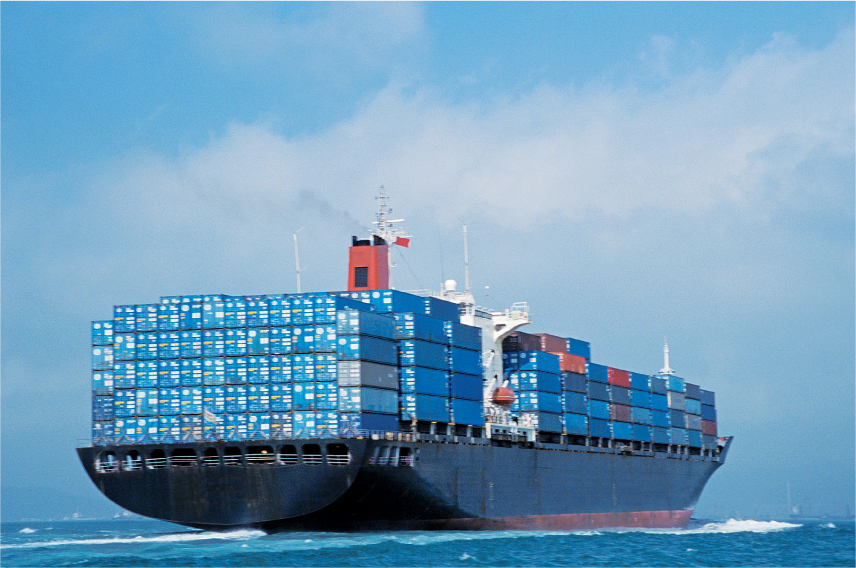Chapter 1: HEADLINES: A Sea Change in Shipping 50 Years Ago

The following article discusses the invention of the shipping container 50 years ago, which allowed goods to be shipped between countries at a much lower cost.
Globalization is having an anniversary. It was 50 years ago that Malcom McLean, an entrepreneur from North Carolina, loaded a ship with 58 35-
Container shipping eventually replaced the traditional “break-
In 1959, according to Matson Research, the industry was loading and unloading 0.627 tons per man hour. By 1976, with container shipping well established, the figure was 4,234 tons per man hour. A ship’s time in port shrank from three weeks to 18 hours. In 1950, an average commercial vessel could carry 10,000 tons at a speed of 16 knots. With container shipping, the average commercial vessel carried 40,000 tons at a speed of 23 knots, Matson says. The numbers are even larger today. A vessel capable of carrying 6,600 20-
“Containerization has transformed global trade in manufactured goods as dramatically as jet planes have changed the way we travel and the Internet has changed the way we communicate,” said Joseph Bonney, editor of the Journal of Commerce, the bible of the shipping industry. “The Asian economic miracle of the last two decades could not have happened without the efficient transportation that containerized shipping provides.”
Questions to Consider
After reading A Sea Change in Shipping 50 Years Ago, consider the question(s) below. Then “submit” your response.
Question
1. Over the past 50 years, air transport has also developed significantly. While a large amount of international trade is shipped by plane, airfreight hasn’t replaced container shipping by any stretch. Why does container shipping, which is relatively slow compared to most other forms of transport, continue to be such a popular mode of transporting goods?
Question
2. What are some of the benefits of container shipping compared to other methods of transport (e.g., rail, road, air)?
Question
3. In what ways has the container “model” of shipping been used in other types of transport?